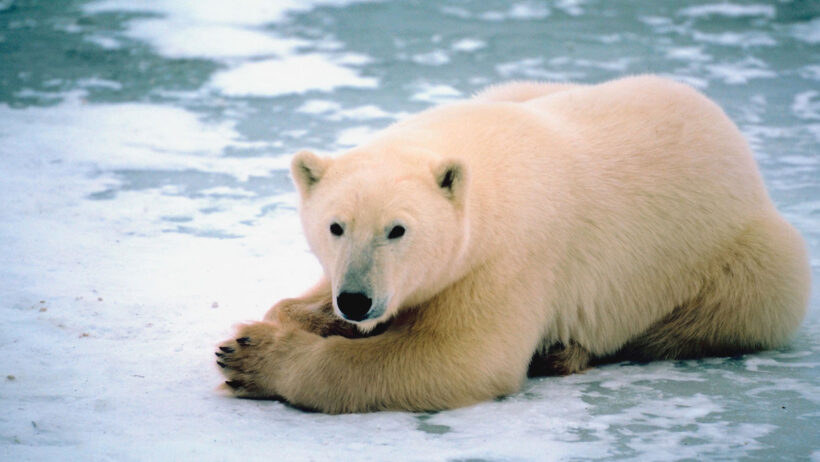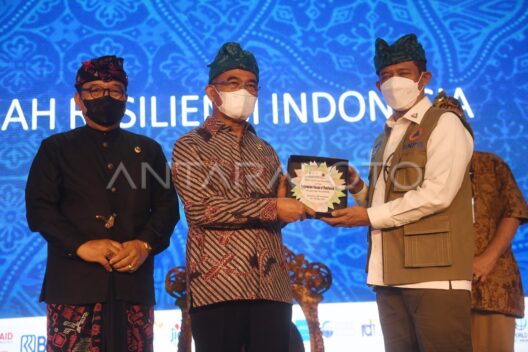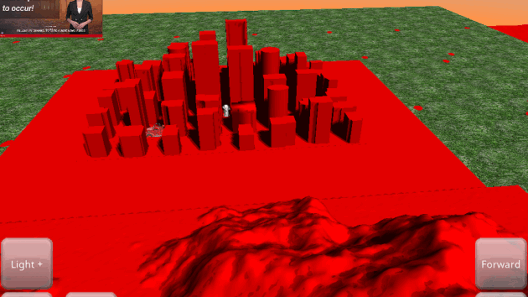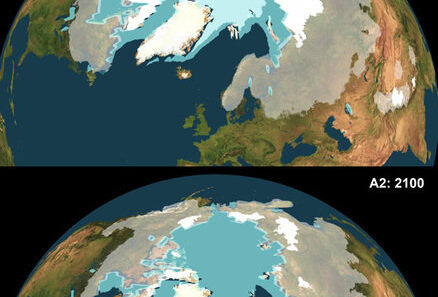In the grand ballroom of the Arctic, the orchestra of the environment plays a melancholic symphony, with polar bears as its waltzing stars. These majestic creatures, often hailed as the sentinels of climate change, find themselves grappling with an existential threat: the relentless melting of their icy habitat. This phenomenon, driven largely by human-induced global warming, serves as both a harbinger of peril and a mirror reflecting our own ecological neglect.
The Arctic region, once a fortress of ice, has begun to resemble a fragile mirage, shimmering and shrinking before our very eyes. As temperatures rise, vital sea ice—essential for polar bear survival—dissolves like sugar in tea. These bears, which rely on the ice as a platform for hunting seals, their primary food source, face an increasingly precarious existence. In their quest for sustenance, they are forced to roam vast distances, often leading to exhaustion and starvation.
One cannot underestimate the brute reality of this situation; polar bears are not merely victims of a changing climate; they are an intrinsic part of the Arctic ecosystem. As apex predators, they maintain the balance within their deceptively delicate habitat. The decline of polar bears signals a catastrophic chain reaction that threatens myriad species and the overall health of the Arctic environment. Imagine the polar bears as the keepers of a great library, safeguarding knowledge; as they dwindle, the books of biodiversity are lost forever.
Critics may argue that the plight of polar bears is overstated, that some populations appear stable or even increasing. However, this overlooks the complexity of ecosystems and the genetic diversity required for adaptability. While a few bears may thrive in certain areas, many populations are plummeting, evidenced by shrinking ranges and diminished reproductive success. The dichotomy starkly mirrors a flickering light; just because one bulb remains bright does not negate the darkness encroaching upon the rest.
Among the many barriers to polar bear survival is the phenomenon of “nutritional stress.” As ice melts, seal populations—polar bears’ primary diet—become harder to access. Without sufficient nutrition, bears are not only at risk of starvation but also suffer from weakened immune systems, reducing their resilience against diseases. This vulnerability further exacerbates their plight. Picture a formidable warrior stripped of their armor; even the fiercest can fall without the right protection.
The habitat destruction wrought by climate change is often likened to an artist’s canvas ripping apart just before the final stroke is added. The Arctic landscape, once painted in frigid blues and brilliant whites, is rapidly transforming into a palette dominated by browns and greens as vegetation encroaches where ice once ruled. This shifting ecology not only affects polar bears but resonates throughout the Arctic tundra, impacting migratory patterns, predator-prey dynamics, and even indigenous cultures reliant on these natural systems.
Human interaction exacerbates this grim narrative. Oil drilling, shipping routes, and industrial fishing encroach upon the bears’ territory, further diminishing their already compromised habitat. The Arctic is becoming a stage for greed and exploitation, eclipsing the dignity of wildlife that call it home. This duality—a dance between human ambition and natural fragility—cries for balance. Like a tightrope walk, humanity must tread carefully lest we tip the scales into oblivion.
Additionally, the emotional narrative surrounding polar bears has captured the public imagination. The image of a lone bear struggling against vast, empty seas evokes a profound empathy. They are often portrayed as “canaries in the coal mine”—indicators of ecological deterioration. This emotional tug has galvanized conservation efforts, influencing policies aimed at curbing climate change. However, awareness must transcend emotion to translate into action. The plight of polar bears urges us to reevaluate our relationship with the planet—a call to action echoing across the tundra.
Polar bear conservation initiatives, such as sustainable practices and habitat protection, represent a beacon of hope amid an overwhelming backdrop of despair. By supporting policies aimed at reducing greenhouse gas emissions, fostering alternative energy sources, and conserving natural habitats, society can play a pivotal role in safeguarding these majestic creatures. The fight is not simply for the polar bears but for the interconnected web of life that sustains us all.
In conclusion, the survival of polar bears in the face of melting ice captures a critical narrative about our planet’s health. As advocates for the environment, we must understand their plight as a reflection of our broader ecological responsibilities. Each melting ice floe signals a clarion call—a reminder that our actions resonate far beyond ourselves. The future of polar bears may well symbolize the future of our planet; in heralding their fate, we unveil the urgency of our shared destiny. It is no longer just a question of saving polar bears; it is about safeguarding the delicate threads that unite all life on Earth.








